
Virtual launch event
APRIL 7, 2020 | 12:15 - 1:15pm EDT
Food systems are evolving quickly to meet growing and changing demand, but they are not serving everyone’s needs. IFPRI’s flagship report looks at the obstacles and opportunities as well as the growing range of tools and technologies for building inclusive food systems.
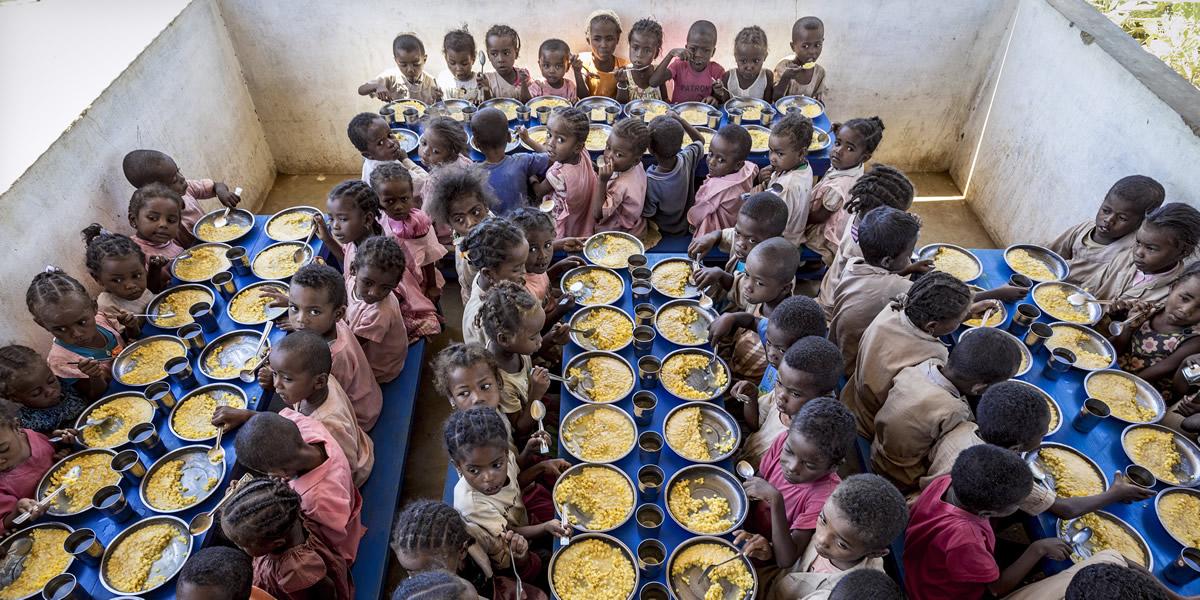
chapter one
Reshaping Food Systems
The Imperative of Inclusion
Shenggen Fan and Johan Swinnen
Our food systems are at a critical juncture. Now is the time to build inclusive food systems for the benefit of all.
DOWNLOAD CHAPTER | READ SUMMARY
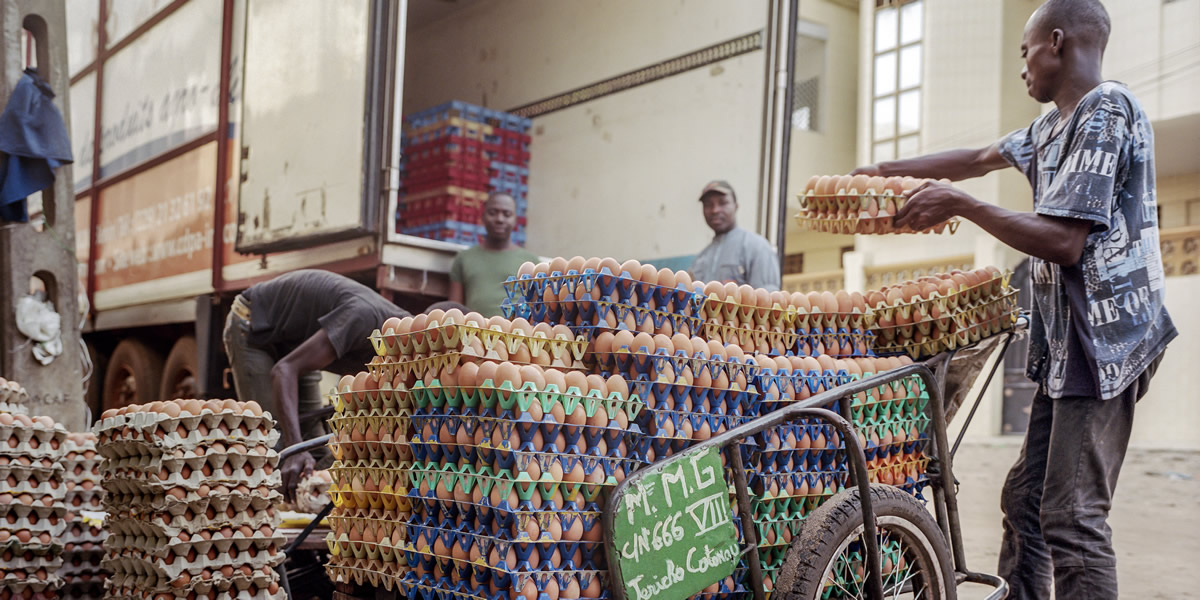
chapter two
Smallholders and Rural People
Making Food System Value Chains Inclusive
Rob Vos and Andrea Cattaneo
Expanding agrifood value chains are creating huge opportunities for greater inclusion of rural people in processing, transport, and retail.
DOWNLOAD CHAPTER | READ SUMMARY
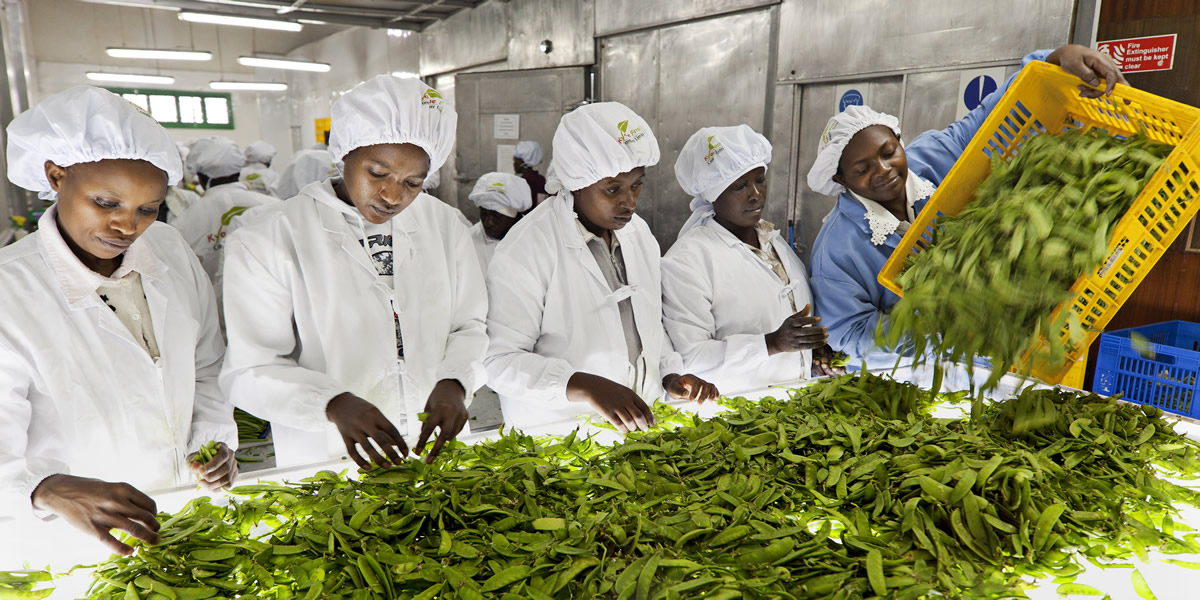
chapter three
Youth
Including Africa’s Young People in Food Systems
Valerie Mueller, Gracie Rosenbach, and James Thurlow
Creating employment for Africa’s rapidly growing youth population requires policies for growth throughout the rural economy.
DOWNLOAD CHAPTER | READ SUMMARY
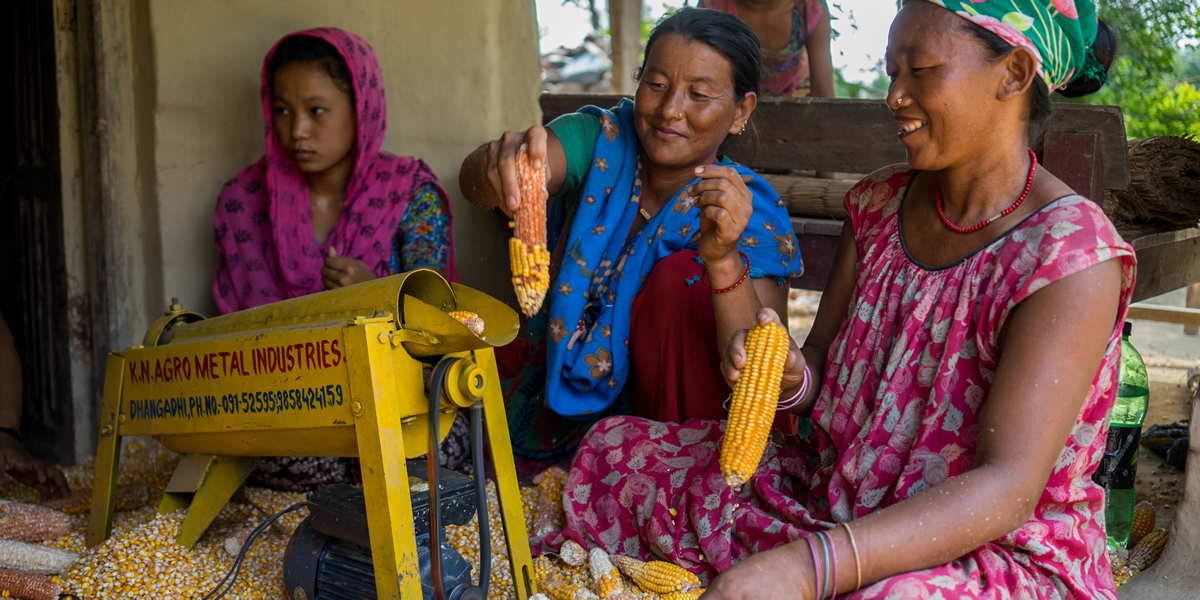
chapter four
Women
Transforming Food Systems for Empowerment and Equity
Hazel Malapit, Ruth Meinzen-Dick, Agnes Quisumbing, and Laura Zseleczky
Transformation of food systems can create new opportunities that empower women and can be strengthened with key policy supports.
DOWNLOAD CHAPTER | READ SUMMARY
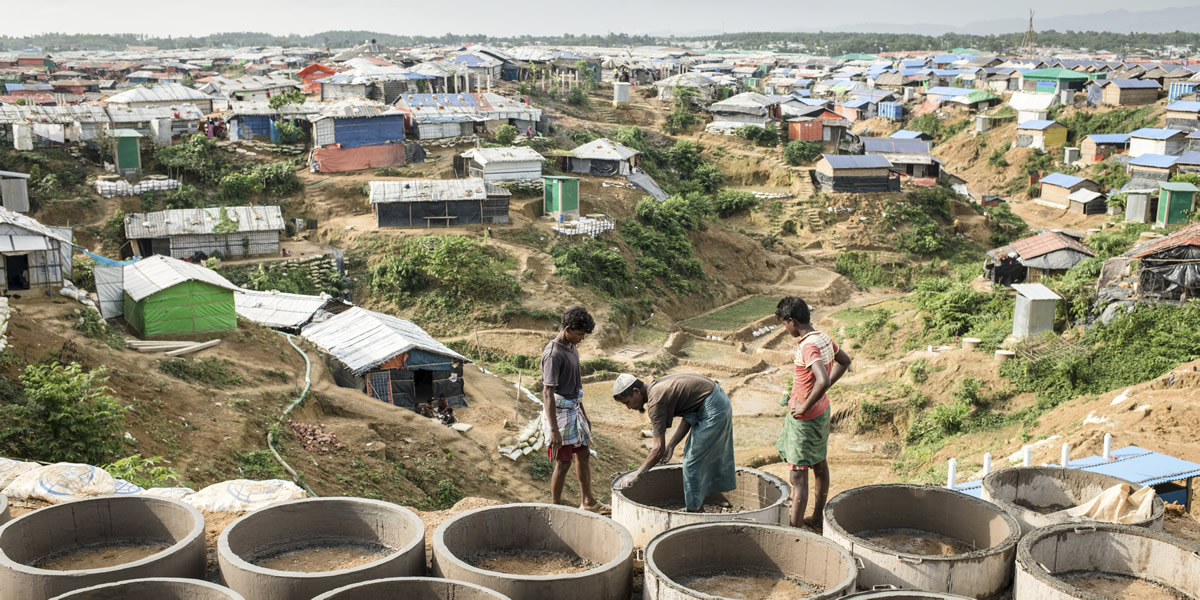
chapter five
Refugees and Conflict-Affected People
Integrating Displaced Communities into Food Systems
Rob Vos, Julius Jackson, Sally James, and Marco V. Sánchez
Integrating conflict-affected people and refugees into food systems can help them to rebuild their lives.
DOWNLOAD CHAPTER | READ SUMMARY
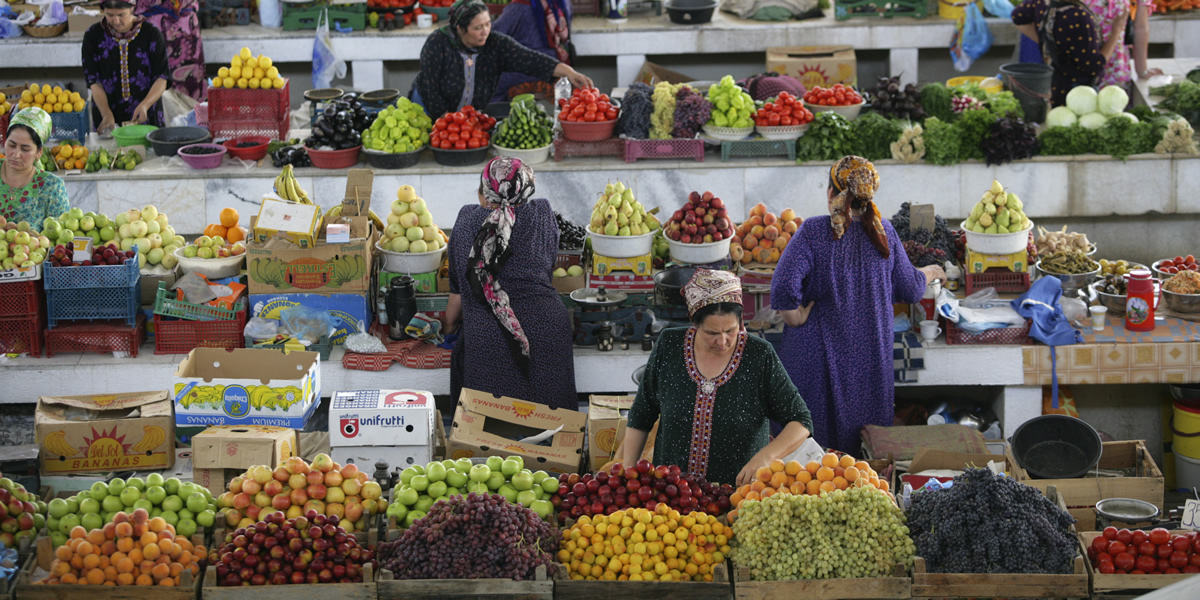
chapter six
National Food Systems
Inclusive Transformation for Healthier Diets
John McDermott and Alan de Brauw
Country-specific approaches to modernizing food systems are needed to promote inclusion and better nutrition.
DOWNLOAD CHAPTER | READ SUMMARY
regions
Building inclusive food systems around the world
The world’s major regions face a diverse set of opportunities and obstacles as they seek to make food systems more inclusive in 2020 and beyond.
- Africa
- Middle East & North Africa
- Central Asia
- South Asia
- East & Southeast Asia
- Latin America & the Caribbean

Africa
Ousmane Badiane, Julia Collins, and Tsitsi Makombe
Significant efforts have been made to increase inclusion of the rural poor, youth, and women, but growth and regional integration can create winners and losers.
DOWNLOAD SECTION | READ SUMMARY
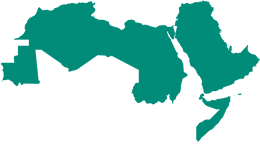
Middle East & North Africa
Fatma Abdelaziz, Clemens Breisinger, Nadim Khouri, and James Thurlow
By addressing the impacts of protracted conflicts, building inclusive food systems in the region can be a starting point for inclusive growth and employment.
DOWNLOAD SECTION | READ SUMMARY

Central Asia
Kamiljon Akramov, Roman Romashkin, Allen Park, and Jarilkasin Ilyasov
With a growing working-age population and high rural unemployment, creating agrifood system jobs for women and youth must be a priority.
DOWNLOAD SECTION | READ SUMMARY
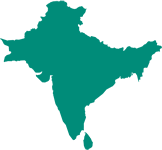
South Asia
Shahidur Rashid, Akhter Ahmed, and Abdul Wajid Rana
Well-designed policy levers can make South Asia’s food system transformation more inclusive and sustainable.
DOWNLOAD SECTION | READ SUMMARY
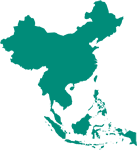
East & Southeast Asia
Kevin Chen, Peter Timmer, David Dawe, and Mengyao Li
Economic uncertainty related to trade disputes, weakening global demand for the region’s exports, African swine fever, and the outbreak of coronavirus threaten food security for the most vulnerable.
DOWNLOAD SECTION | READ SUMMARY

Latin America & Caribbean
Eugenio Díaz-Bonilla and Valeria Piñeiro
The scale of increasingly modern and complex food value chains—from producers to retailers—offers potential for inclusion of vulnerable groups, including women and youth.
DOWNLOAD SECTION | READ SUMMARY
indicators
IFPRI’s food policy indicators and datasets
Learn about current trends and link to full datasets on agricultural spending, research investment and capacity, productivity in agriculture, and projections for production and consumption.
Agricultural Science and Technology Indicators - ASTI
Strong, well-financed agricultural research and innovation systems are crucial for improving agricultural productivity and supporting agricultural transformation, especially in the context of ongoing global development challenges such as rapid population growth, climate change, and shifting diets. It is vital to be able to track the funding, functioning, and impact of these systems in order to improve efficiency, promote evidence-based decision-making, and demonstrate impact. Sound agricultural research investment decisions require access to up-to-date and credible qualitative and quantitative data and targeted analyses. ASTI works with national, regional, and international partners to collect time-series data on the funding, human resource capacity, and outputs of agricultural research in low- and middle-income countries. These data constitute a powerful resource for national and regional research managers, policymakers, donor organizations, and other stakeholders. The datasets and related analyses are available through a suite of tools on the ASTI website.
DOWNLOAD SECTION | LEARN MORE & VIEW DATA
Food Policy Research Capacity Indicators - FPRCI
Food policy research plays a crucial role in guiding agricultural transformation in developing countries. To achieve food security goals, countries need to strengthen their capacity to conduct food policy research. Strong local policy research institutions support evidence-based policymaking. Measuring national capacity for food policy research is important for identifying gaps and guiding the allocation of resources to fill those gaps.
“Food policy research capacity” is defined as any capacity related to socioeconomic or policy-related research in the areas of food, agriculture, nutrition, or natural resources. To measure this capacity, IFPRI has developed a set of indicators for the quantity and quality of policy research at the country level, based on data regarding PhD-level researchers and analysts (full-time equivalent) and relevant international publications. The full dataset covers 33 developing countries in Asia, Africa, and Latin America.
DOWNLOAD SECTION | LEARN MORE & VIEW DATA
Projections of Food Production, Consumption, and Hunger - IMPACT
IMPACT is an integrated system of linked economic, climate, water, and crop models that helps us explore alternative future scenarios for food and agriculture at global, regional, and national scales. Covering 158 countries, IMPACT supports in-depth analysis of a variety of critical issues of interest to policymakers, including the relationship between diets, agricultural production, and climate change. The results of alternative scenarios exploring different population, income, policy, investment, and technological pathways are available online, along with more details on the model.
DOWNLOAD SECTION | LEARN MORE & VIEW DATA
Statistics on Public Expenditures for Economic Development - SPEED
The Statistics on Public Expenditures for Economic Development (SPEED) database tracks public expenditures for development, including for agriculture, to allow policymakers and analysts to examine policy priorities, track development goals, and explore the cost-effectiveness of public spending, either within a country or across countries within a region or at a similar level of development over a long timeframe. SPEED currently includes data for 166 countries in 10 public expenditure sectors from 1980 to 2017. User-friendly tools on the SPEED website enable the generation of accessible charts and geographic expenditure maps, in addition to direct data downloads.
DOWNLOAD SECTION | LEARN MORE & VIEW DATA
Agricultural Total Factor Productivity - TFP
Increasing the efficiency of agricultural production—getting more output from the same amount of resources—is a key element of food system transformation. Total factor productivity (TFP) is an indicator of how efficiently agricultural land, labor, capital, and materials (agricultural inputs) are used to produce a country’s agricultural output. It is calculated as the ratio of total agricultural output to total production inputs. Measures of land and labor productivity—partial factor productivity (PFP)—are calculated as the ratio of total output to total agricultural area (land productivity) and total output to the number of economically active persons in agriculture (labor productivity). TFP and PFP indicators contribute to the understanding of agricultural systems needed for policy and investment decisions. IFPRI calculates TFP and land and labor productivity for 132 developing countries and regions.
